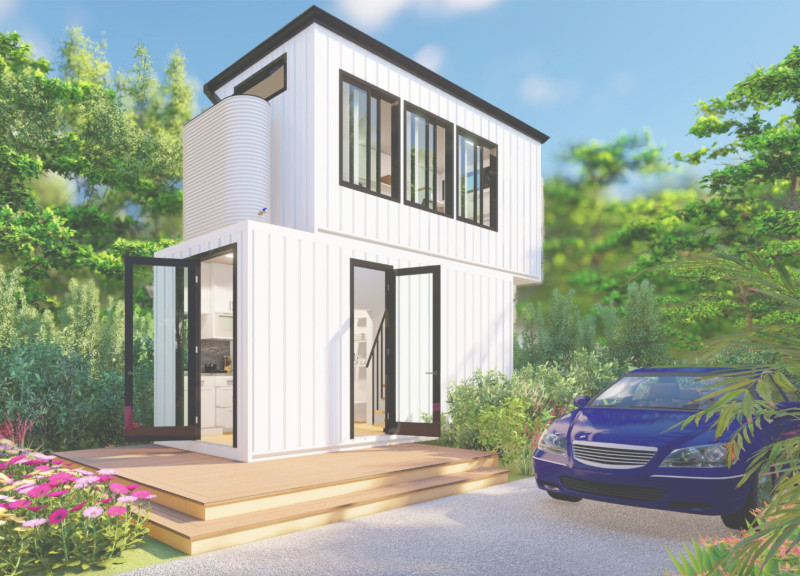5 key facts about this project
The overarching concept of the project revolves around sustainability and inclusivity. The architectural design promotes an environment that is accessible to all, emphasizing the importance of creating spaces that foster social interaction and community engagement. Central to this idea are the well-planned communal areas, which are designed to encourage gatherings and collaborative activities. The layout is organized to facilitate movement and accessibility, ensuring that both individuals and larger groups can traverse the space comfortably.
Materiality plays a crucial role in the project, contributing not only to the visual appeal but also to the environmental efficiency of the building. A combination of local materials has been utilized, including sustainable timber, recycled metal, and natural stone. These materials were chosen not only for their aesthetic qualities but also for their low environmental impact and durability. The thoughtful selection of materials supports the project’s sustainability goals, reducing its carbon footprint while providing a sense of harmony with the surrounding landscape.
Unique design approaches are evident throughout the project, most notably in the integration of natural light. Large windows and strategically placed skylights allow for an abundance of daylight to permeate the interior spaces, enhancing the overall atmosphere and promoting well-being. This relationship with natural light is further enhanced by carefully crafted overhangs that mitigate heat gain while maintaining views of the exterior. The façade of the building exemplifies a modern architectural language with its clean lines and varied textures, creating an inviting and contemporary edge.
Furthermore, the internal layout of the spaces has been designed with flexibility in mind. Movable partitions allow for adaptability, enabling spaces to evolve with the community’s changing needs. This versatility is an essential element of modern design, reflecting an understanding that future uses may differ from current ones. The careful arrangement of rooms, from shared meeting areas to quieter retreats, ensures that every user can find an appropriate space suited to their activities.
Landscaping is another integral aspect of the project, where the outdoor spaces have been woven into the overall design narrative. The use of native plants and permeable surfaces demonstrates a commitment to ecological landscaping practices. These outdoor areas not only enhance the aesthetic appeal but also provide vital green spaces that serve as social gathering points, promoting interaction and well-being among the community members.
In summary, this architectural project exemplifies a holistic approach to design by prioritizing functionality, sustainability, and community connection. The meticulous attention to material selection, innovative spatial arrangements, and environmental considerations all contribute to a cohesive and engaging architectural experience. For those interested in delving deeper into the project’s nuances, exploring the architectural plans, sections, and designs will provide further insights into the thoughtful strategies employed throughout the development. Engaging with these elements can enrich one’s understanding of the architectural ideas that shaped this compelling project.


























